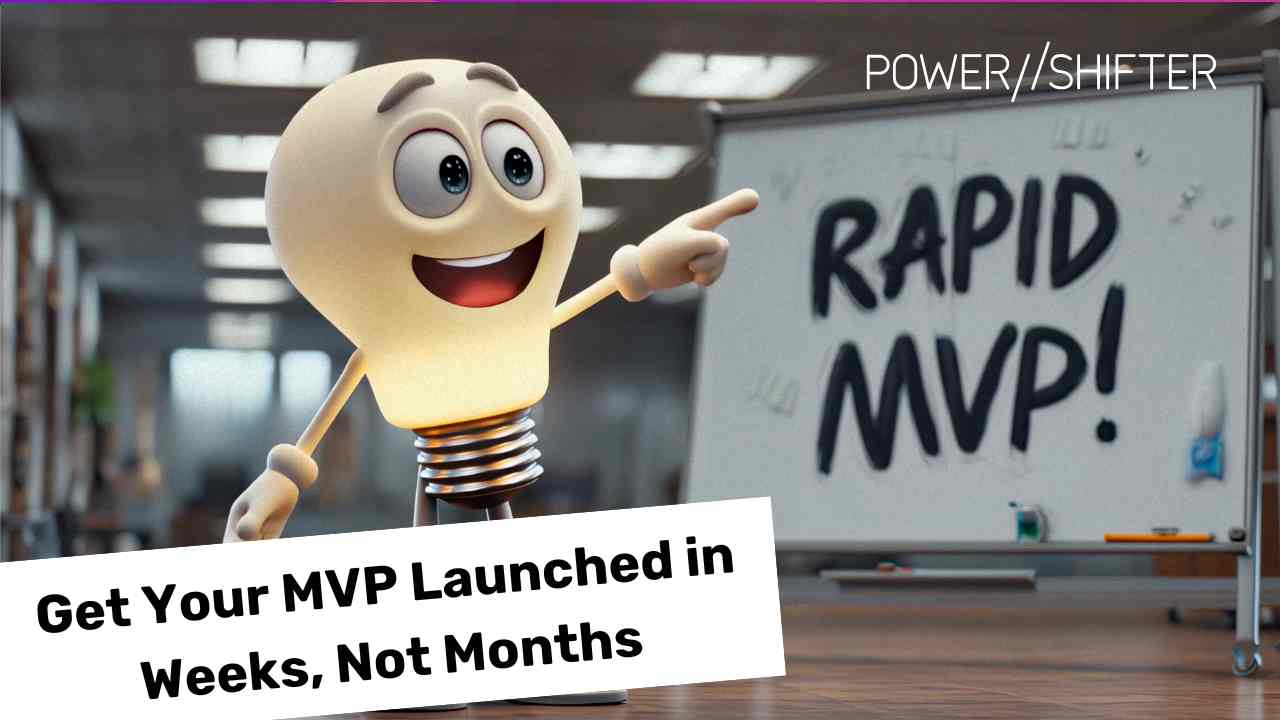This month, our digital product experts have been reading about a new tool that simplifies custom app development, unlearning to learn design, ways to avoid cognitive biases, the latest COVID-19 innovation for grocery stores, and more. Happy learning!
The business of getting work from "to do" to "done"
Category: Technology
Recommended by: JP Holecka, CEO, Founder, Product Strategist
Asynchronous and remote work have increased out of necessity since the onset of the pandemic. For many organizations, this year has been their first experience communicating and collaborating with disparate staff. But even those more seasoned in virtual environments experience challenges. Atlassian created The Workstream to empower teams with the digital tools they need to build high-performing teams and get ahead of the competition. The Workstream offers guidelines and templates to help teams manage everything from strategic planning, resource planning, content management, automation, task management, and more.
29 design tools & websites you’ve (probably) never heard of
Category: Design
*Recommended by: Gord Brown, Senior Designer *
There are so many digital tools available for designers these days. From identifying brand colours and creating workflows and wireframes to designing websites and products and showing your portfolio with the world, there is an application for everything. This article features 29 resources that you may or may not have heard of to help you regardless of where you're at in your career or project phase. Our personal favorite at POWER SHIFTER, a tool we use a lot with internal and client projects, is Figma.
Adobe’s project firefly simplifies custom app development
Category: Technology
Recommended by: Brendan Betts, Software Developer
Many businesses have pivoted to digital, creating an urgent need for accessible and functional online presences. To support organizations, Adobe recently launched a new set of tools that increase the speed and ease with which developers can build applications. Project Firefly is a complete framework that enables engineers to develop and deploy custom web apps in minutes on a serverless platform. This article highlights some features of the new tool and why companies may find it useful as the emphasis on digital commerce skyrockets.
Unlearning to learn design
Category: Design
Recommended by: Gord Brown, Senior Designer
In this article, author Tiffany Wong reflects on her career and how she was taught to design. Her biggest takeaway is that all designers, regardless of age and career stage, question how they have developed their design learning. Through this curiosity and desire to unlearn, “we reframe ourselves to learn with an equitable and inclusive lens right at the start. It is only then that we can truly understand how to open our eyes to more liberating and transformative possibilities of design.”
Strapi announces a new draft and publish feature
Category: Technology
Recommended by: Colton Buchanan, Software Developer
Strapi is an open-source, fully customizable, headless CMS. We evaluated the platform for a recent client but went with another option because it was missing some critical functionalities—namely, draft, preview, and publish. In a recent announcement, the company launched version 2.3 that includes draft & publish features, templates, and more. Building products is an incremental process and knowing what to prioritize on the roadmap comes down to customer priorities. We love open-source technologies and will be keeping an eye on Strapi as it matures.
Contactless checkout: why it's coming to the bodega before the chain store
Category: Service Design
Recommended by: Priscilla Ho, Lead UX Designer
Grocery stores have had to pivot quickly throughout the pandemic to meet ever-changing health recommendations and are now relying on technology to keep people safe. The most recent solution to arrive is contactless checkouts. They minimize human interaction and are minimal in size, which means they don’t require major renovations to install. It is increasingly clear that society is shifting towards automation, and companies who can build products to keep up with the demands will make a high impact and reap the rewards.
Design better by avoiding your cognitive biases
Category: Design
Recommended by: Priscilla Ho, Lead UX Designer
Everyone has cognitive biases. They are often an attempt for our brains to simplify information, making processing faster and more efficient. If we fail to consider our blindspots when designing a product or service, we may be negatively impacting our users. This article discusses seven cognitive biases, how they affect design, and what you can do to avoid them.
To get these insights delivered straight to your inbox, subscribe to our Simply Good Reads newsletter!


















